|
Dear Gillian For me, it is cultivating the method of "seeing through" the veil which obscures the divine (or the "substantive"). Some people can see it just as they are from their default place of standing - but I have needed to create or cultivate this vision - so as to remove the obscuring block. I have got quite far in this quest over the decades - to the point where I can see how other paths work. Indeed, other paths are now useful to me - where once I pushed them away. Now, I can see the "divine" ("void") in the "ordinary" ("form"). The dross of life - that which we accrue in life and leave behind in death - often means it is never easy. But effort is divine, as you already know.
0 Comments
Dear Tony Interesting. A very intriguing and fascinating clip - and interpretation. much appreciated. The accompanying (original) Russian-language text (in English-translation) says this - might be useful: 'Video Content: Goju Ryu Master - Morio Higaonna - (citizen of two countries - US and Japan). Morio Sensei performs Sanchin kata (with kaiten - rotation 180°) at a meeting with Chinese delegations. This friendly meeting occurred in the lobby of the hotel where Morio Higaonna was staying. The purpose of the trip to China was to explore the roots of Goju Ryu - and meet Chinese martial arts teachers.' The Russian word "кайтеном" (kaytenom) appears to be rendered as "Kaiten" within phonetic English. I found this Russian-Language Aikido text (fed through a translator below) which discusses the Japanese martial arts technique of "Kaiten nage" (Rotate-Throw): Therefore: Japanese "Kaiten" (кайтеном - kaytenom) = 回転 回 (Kai) = turn, go back, retrace steps 転 (Ten) = circuitous, winding, revolve In this instance, a spiralling 180° - about-face (half a circle) - transition. Chinese people refer to the "回転" (Kaiten) ideograms as "Hui Zhuan" - an evading-turn that radically re-directs the opponent's energy.
In the old days, Clan life in the Chinese village did not include the diversity of activity now available in the modern world. All knowledge had to be carefully acquired and then guarded against theft, attack and/or suppression. Slowly but surely, all the required components of a martial school had to be earned, gathered and formed - usually from the knowledge of others. This included keep-fit, conditioning, armed and unarmed fighting technique and the ability to treat and heal wounds. An adjunct to this included the ability to treat illnesses. The problem was that Confucianism treated each Clan as a single and enclosed social unit (a microcosm of the Imperial House). The only way into a Clan was through birth and marriage - and the only way out was through death - although banishment was sometimes practiced. This led to a highly insular and reclusive cultural mind-set premised upon nepotism. Today, whether within China or the West, these attitudes are no longer valid. Mei-(aged 11) walks a mile or two to school each day carrying a stout rucksack full of books and other school paraphernalia. Although she does not know it yet - this daily activity is a traditional bone and muscle building technique designed to produced a powerful and robust physique (she will be able to absorb a blow and hit very hard as a consequence). Mei-An carries out this training as part of her daily routine and does not yet understand its importance. She will reap the rewards at a later date - probably about the time she begins to appreciate its importance. As for Kai-Lin - she wants to practice gymnastics and she receives expert guidance and instruction from highly qualified teachers. Although I could teach her rudimentary stretching - suitable for the average person - her ability today within gymnastics is far beyond anything I could teach. As martial artists we must be flexible and wise. My daughters are learning vital elements of traditional gongfu training and preparing their minds and bodies for the day that they put the icing on the cake - and learn our Hakka gongfu Forms!
I visited Redhill probably around 2005 and the Scout Hut - which I think was just to the left of Redhill Train Station was still there - in what is today the extended car-park. Today, this Scout Hut is no longer present. I refer to it as a "Scout Hut" - because that is what we called back in 1984. Me and friend (we had met at school in Exeter) had attended a College in Reigate (in the days of "free" education) - and we both decided to take-up a local hobby in the form of Karate-practice. We both had our reasons and I have explained my own in a different post. A member of staff at the College had recommended this Karate-Class - which turned-out to be Wado-Kai Karate-Do - a branch of Wado-Ryu that stated that it was maintaining true purity of the Wado Ryu-Style. This situation came about as various Karate-Clubs broke-away from their root-styles - and entered the world of Sport-Karate. This involved an ideological shift from transcending-ego - to encouraging and strengthening-ego. The reason for this shift was money - as student numbers that had been high in traditional classes were falling and for many instructors a new approach was thought to be needed. We originally trained at the Sovereign Leisure Centre between September and December - 1983. Following the Christmas Holidays of four-weeks (over December-January) we returned for a new term in 1984 - to find that the Karate-classes had suddenly moved to the Scout Hut near Redhill Train Station! I do not know why - but the interior of the hut accommodated around 20 committed Karate-ka once a week (I think Tuesday evenings). This was under Sensei Alan Bound 1st Dan who did a very good job moulding our minds and bodies in this ancient martial arts!
On Fri, 8 Mar 2024, at 11:57, Charles Johnson wrote: March 8, 1971: My father took me along with him to the Shrine auditorium to see the first fight between Muhammad ali and Joe Frazier. No fight since has captured the magic of that fight. Two men, both undefeated, and each with a claim of the heavyweight title. And the fight was great. One of my fondest memories with my father. My Reply: When I was young, my Dad got me boxing videos (VHS) which went back to bare knuckle days in the UK - and forward to the US Black domination of the art. Jack Johnson landed a single right upper cut on the body of Tommy Burns that lifted him clean off his feet! More remarkably, Burns landed back on his feet and carried on fighting! I encountered 'The Fight' through those videos and remember Fraser's left hook that floored Ali (my Dad called him both Clay and Ali). That single punch changed history - and Ali would continue after this setback and prove he was one of the greatest! My Dad taught me bare knuckle boxing and said 'They can hurt you and they can kill you - don't worry about the second one - don't show the effects of the first one and win in that way!' My Dad understood that Western Boxing specialised in punching and that I needed this to supplement the (Longfist) gongfu kicking I was learning. Interestingly, part of my background has involved the management of violence and thuggery. The UK has a weird mixture of uplifting Socialism (currently under attack) and crushing capitalist oppression. Yin and yang. I have witnessed lots of violence but never been to a professional boxing match - like that which you describe so touchingly. What you have written touched my heart - and is a clear example of your writing ability. Respect to your father - I feel that I met him in those few, well-chosen lines. My problem when young was that I had learned Chinese martial arts movements - but did not yet possess the understanding (or experience) to make them work in combat (I literally 'bounced-off' opponents who remained more bemused rather than hurt or put-off). I learned quickly that Westerners did not like kicking - so that gave me an edge (and to be weary of Gypsy people - as they are tough). In the old days, Chinese gongfu involved kicking practice for a long time (low, middle and high) before punching was introduced. The opposite to how martial arts are taught today - at least in the West. My Dad, instead, took me to two professional football games both involving Leicester City (he used to play for them in his youth) - and a Cricket game (Cricket is an old Celtic game that my Dad got good at in his youth despite it being dominated by the middle class snobs who could afford proper clothing) featuring Leicestershire County Cricket Club that was playing in Glastonbury (possibly against Glamorgan). I was once struck on the head by a Cricket bat and can attest to its efficacy! The boy ran away because I stood looking at him. The lump on my forehead was significant to say the least. The Boxers of old taught me to be strong - whilst Black people taught me 'not to show it'. Still, Ali and Frazer inspired me for different reasons and in different ways. I was surprised to find that Fraser's right shoulder was permanently damaged and he had to throw an Orthodox straight right like a jab - but with no real power behind it (as a range-finder). This is why he put so much effort into his smashing lead-left hook! Fraser was also very humble and a true gentleman (important in the UK). It was the politics of Ali I liked. He just happened to wed this with the beat - all round - boxing skills the world has ever seen. I know that Bruce Lee used to watch videos of Ali dancing around the ring - and copied this movement - integrating it into his Jeet Kune Do. I also know that Ali sparred with a high-ranking US Karate-Do practitioner (after his retirement) and was still too-quick for the younger Karate man! When I got older, I got bigger and stronger. I became 'nasty' in my own way - particularly as a teenager. I looked mean and hungry - mostly because I was hungry - literally. My family did the best they could in trying circumstance - and yet when I came to live in London amongst affluent people - I could not believe how much food they had to eat! I used to live on about one-third of what they ate - and still pushed myself physically and mentally to prevail. This is why Tommy Hearns inspired me. I copied his 'punching' ability to augment my kicking ability. In the old Longfist Style - kicking is considered more important than punching due to historical reasons in ancient China. I think many old Masters carried swords or spears in their hands - and so kicking supplemented the use of weapons. However, Master Chan Tin Sang (1924-1993) - who had fought and killed Imperial Japanese soldiers in Hong Kong during WWII - understood that 'punching' was important in the modern world and helped me devise an internal method for replicating what Tommy Hearns quite naturally did. I think Master Chan had seen how effective Karate-punching was as displayed by the Japanese - and it made him think about improvements. When i left home at 16 to go into further education - I encountered many more Black people and found that being able to fight was a respected ability. After some brutal encounters with my brothers - we became very good friends! They respected the ability 'not to show it' - and diplomatic relations developed from their.
Blogger's Note: Chinese language sources state that these finds (linked above) were discovered in 1997. The article below is from the truncated English language news service broadcast from China. This is a very significant find as it suggests the Han Chinese were not only present throughout Xinjiang during the 7th century CE - but ruled this area as part of the Tang Dynasty Empire. Furthermore, it is clear that Xinjiang was part of China before the rise and spread of the religion of Islam in the Middle East. In other words, prior to the spread of Islam to the Uyghur people - and the entry of these people into Northwest China - Xinjiang was part of the Chinese Imperial System. Today, Uyghur Muslims enjoy religious freedom and all the benefits of Chinese Citizenship living within a modern Chinese society. ACW (4.3.2024) Source: Xinhua Editor: huaxia 2024-03-04 URUMQI, March 4 (Xinhua) -- A previously anonymous epitaph discovered in 2022 in northwest China's Xinjiang Uygur Autonomous Region has been identified as paying tribute to a high-ranking Tang Dynasty (618-907) official, local authorities said.
From May to November 2022, the Xinjiang Institute of Cultural Relics and Archaeology and Academia Turfanica carried out a rescue excavation of the east Badamu cemeteries, exploring 11 Tang Dynasty tombs, including one large tomb that contained the epitaph. In the Tang Dynasty, the central government strengthened its rule over the Western Regions by establishing the Grand Anxi Frontier Command and the Grand Beiting Frontier Command to administer the Western Regions. The front face of the tombstone was inscribed with nearly 700 characters, but only around 480 characters could be identified. A thorough investigation identified the owner of the tomb to be Cheng Huan. Cheng hailed from Handan City in Hebei Province, north China, and was the deputy commander of the Grand Beiting Frontier Command when he died at 63 in Xizhou -- referring to the Turpan area in Xinjiang today, according to Zhang Hailong, with the Academia Turfanica. The finding indicate the Tang Dynasty central government's effective governance of the Western Regions, a discovery which is of great value to the study of the local military and political institutions. Experts said that from Cheng's career experience, it can be seen that the Tang Dynasty official system was effectively implemented in the Western Regions. Chen Qiwen, also with the Academia Turfanica, said, apart from the epitaph, many painted clay figurines, pots, pottery lamps, and beads were unearthed from Cheng's tomb, which proved that the inheritance and use of calligraphy in the area followed the cultural characteristics of the central plain areas of China. Within the Movie ‘Merry Christmas Mr Lawrence’ a Japanese POW Camp Commandant decides that the prison population of European (military) inmates are ‘spiritually lazy’. When being beaten or made to stand for hours in the sun had not altered this situation, the Japanese Officer decided that the Camp population would undergo the Shinto ritual of ‘Misogi’ (禊) – in this instance – involving a 24-hour fast-period of no eating or drinking. This is despite the daily ration being intolerably low to start with. Most prisoners – even the stronger men – were on the brink of starvation. The Japanese Officer (Captain Yanoi) – by further depleting the starvation rations - would also adhere to this ritual of ‘fasting’ whilst traditionally dressed - and sat in meditation in the Camp ‘Dojo’. This is the pristine training hall used by the Japanese Officers for martial arts and spiritual practice (a mixture of Buddhist and Shinto spiritual traditions). Similarly, in the book ‘Empire of the Sun’ written by JG Ballard – the (civilian) POW Camp (Assistant) Commandant (Sergeant Nagata) occasionally orders Chinese vagrants (often women and girls) to be ‘beaten to death’ by Japanese soldiers wielding wooden clubs. The actual 'Commandant' - Hyashi - was in fact a 'civilian' and a careerist diplomat who tended to only interfere in Camp daily activities if absolutely necessary. Obviously, Hyashi never interfered in Nagata's brutality. These starving Chinese people sit patiently outside the POW Camp waiting to see if they will be allowed in to receive a portion of the already meagre rations. The women and girls are often raped by the Japanese guards before the Camp populace of British people are assembled to watch the unfolding ritual of ‘despatch’. Sergeant Nagata believes the British POWs are ‘spiritually lazy’ and seeks to stimulate their individual (and collective) ‘ki’ (氣) flow. This ‘life force’ not only flows through each individual body – but also through the entire Camp. As Sergeant Nagata believes the Chinese people to be an ‘inferior race’ – their brutal murder (achieved through a demonstration of ‘Japanese’ manly vigour) – will ‘release’ the ‘ki’ from their (broken) bodies and supplement that available throughout the Camp. The two primary Shinto rituals on display in both of the above examples are: 禊 (Misogi) – Purification (Cleansing) of the inside and outside of the mind and body. 祓 (Harae) – Purification (Exorcism) of corruption out of the interior of the mind and body. As this ‘Kanji’ is in fact comprised of ‘Chinese’ ideograms, I can read these characters and give some type of explanation as to what these rituals are supposed to represent – at least in a historical context. I say this as the rubric of Japanese ‘spiritual’ fascism distorted (for decades) rituals and practices that would normally not have been so severe or murderously brutal. Bear in mind that within ten-years of WWII being over – Western students of Judo, Kendo and Karate-Do were avidly volunteering to undergo these rituals – albeit in a non-war setting. Nevertheless, the rituals that the Imperial Japanese used to torture and murder millions of Western and Asian people – are today routinely considered part and parcel of a legitimate Japanese martial arts practice. On the face of it, this is an extraordinary rehabilitation. As Chinese ideograms, these ‘Kanji’ characters can be read as follows: a) 禊 (xi4) is comprised of an upper and lower particle: Upper Particle = 气 (qi4) – refers to ‘energy’, ‘breath’ and ‘vital force’ Lower Particle = 米 (mi3) – denotes husked ‘rice’ that needs to be ‘cooked’ (transformed) in water Therefore, 禊 (xi4) suggests that the process of cooking rice in a cauldron (by lighting a fire underneath and boiling the water) not only produces nutritious food (which sustains all physical life) but also generates ‘steam’ as a useful and yet crucial by-product. This steam - through the (hidden) ‘pressure’ created - ‘lifts’ the lid of the cauldron with an effortless ease. It is this ‘unseen’ influence of a physical process that drives this concept. b) 祓 (fu4) is comprised of of a left and a right particle: Left Particle = 礻(shi4) is a contraction of ‘示’ (which denotes an ‘altar’ and the ‘rituals’ associated with it) – and refers to structured acts of ‘instruction’, that require ‘attention’ and possess great ‘importance’. Lower Particle = 犮 (ba2) denotes a ‘dog’ (犬 – quan3) that is ‘running’ (丿- pie3). The implied meaning is to perform a dramatic task with the appropriate amount of effort and required energy. This suggests that a religious ritual must be correctly performed (as if in a temple or at an altar) in the physical world - that opens a connecting door-way to the spiritual world. Once this channel has been correctly opened – the influence of the spiritual world is then allowed to positively flow (unseen) into the material world – thus influencing temporal events. Correct (disciplined) and timely action in the physical world is the basis of this concept. Success is defined as achieving an exact ritualistic replication that does not deviation from the accepted norm – as ‘deviation’ of any sort is tantamount to ‘ill-discipline’. Conclusion Armed with this knowledge, it can be suggested that the Japanese concept of ‘禊’ (Misogi) refers to arduous physical activity that requires ‘sweating’. Through hard and continuous labour – a definite and positive metamorphosis is produced in the material world – that possesses definite (but ‘hidden’) implications for the inner world (almost as a side effect). By way of comparison, ‘祓’ (Harae) refers to a metaphysical ritual that although partly physical in its ritualistic content, remains nevertheless ‘metaphysical’ in nature and intent. This is because ‘祓’ (Harae) constitutes a ‘purifying’ spell achieved through words, actions, and a specific and certain state of mind.
The Island known as ‘Okinawa’ lies off of the South-West coast of Japan - forming part of the Ryukyu Island Chain - and is expressed in Japanese (Kanji) ideograms as ‘沖縄’. This name may be deconstructed as follows: a) oki (沖) = expanse of open water b) nawa (縄)= rope or thread The name appears to be a direct description of the numerous islands that comprise ‘Okinawa’ – which are themselves a substantial (Southern) part of the larger Ryukyu Island Chain. Perhaps the geographical placement and general shape of the islands was seen from high mountain-tops, surveyed in passing ships and/or observed from upon high by those who flew in the ‘Battle Kites’ known to exist within medieval Japan. Whatever the case, the Okinawa Island Chain is said to resemble a meandering rope lying across the surface of the water. I have read that this area first became known to China under the Sui Dynasty (581-618 CE) – but was not formally recognised by the Imperial Court until the Tang Dynasty (618-907 CE). This is when diplomatic and cultural contact with the King (of what was then termed the 'Liu Qiu' [琉球] Islands) was established - known today by the Japanese transliteration of 'Ryukyu'. 琉 (liu2) = sparkling-stone, jade, mining-stone (from previously uncultivated land), precious-stone, arriving, and breaking through (to a place far away - and situated on the fringes of the known world) 球 (qui2) = beautiful-jade, polished-jade, refined-jade, jade percussion instrument, earth, ball, and pearl. The Chinese Mariners must have been taken with the beauty of the Ryukyu Islands - as the term '玉' (yu4) – or ‘jade’ - appears as the dominant left-hand particle of both ideograms forming the name ‘Liu Qiu’. From the Tang Dynasty onwards, the Liu Qiu Islands were considered a distant (but important) part of the Tributary System of Imperial China. In return for a continuous show of annual respect (usually in the form of expensive gifts and/or elements of trade, etc) China shared her extensive culture. It was not until 1872 CE, however, that Imperial Japan took decisive action to annex all of the ‘Ryukyu’ Islands – and it was around this time that the term ‘Okinawa’ was developed to describe the Southern two-thirds of the Ryukyu Island Chain – now a ‘Prefecture’ of Japan. This history explains why the ideograms for ‘Okinawa’ are written in (Japanese) ‘Kanji’ - and are not obviously ‘Chinese’ in structure (as is the far older name of ‘Liu Qiu’). Is it possible to ‘reverse-engineer’ the Kanji ideograms associated with the name ‘Okinawa’ (沖縄) and work backwards as it were – to the original Chinese ideograms? The answer is ‘yes’ – as such an exercise might well shed some more light on the meaning of the name itself. Japanese - 縄 (nawa) = Chinese – ‘繩’ (sheng2) When adjusted in this manner - the Japanese name of ‘Okinawa’ (沖縄) is rendered into the Chinese language as ‘Chongsheng’ (沖繩). Whereas the first ‘Kanji’ ideogram of ‘沖’ (oki) remains identical with its Chinese counterpart of ‘沖’ (chong) - the second ‘Kanji’ ideogram (縄 - nawa) undergoes a substantial modification (繩 - sheng). From this improved data a more precise definition of the name ‘Okinawa’ can be ascertained through the assessment of the Chinese ideograms that serve as the foundation of the Kanji ideograms – working from the assumption that this meaning is still culturally implied through the use of ‘Kanji’ in Japan – even if such a meaning is not readily observable within the structure of the ‘Kanji’ ideograms themselves. 沖 (chong1) is comprised of a left and a right particle: Left-Particle = ‘氵’ which is a contraction of ‘水’ (shui3) – meaning water, river, flood, expanse of water, and liquid, etc. Right-Particle = ‘中’ (zhong1) refers to the concept of something being ‘central’, in the ‘middle’, or being perfectly ‘balanced’. It can also refer to an ‘arrow’ hitting the ‘centre’ with a perfect ease. Therefore, the use of 沖 (chong1) in this context - probably refers to an object that centrally exists within a body of water. 繩 (sheng2) is comprised of a left and right particle. Left-Particle = ‘糹’ which is a contraction of ‘糸’ (mi4) – meaning something that resembles a ‘silken thread’, a ‘thin’ and ‘flexible’ cord, a ‘rope’ or ‘string’, etc. This may also refer to the act of ‘weaving’ or to an object (like a rope, string, or strand) which is ‘woven’ into existence – perhaps implying a ‘cohesion’ attained through an ‘inter-locking’ agency, etc. Right-Particle = ‘黽’ (meng3) – this was originally written as a depiction of a type of frog – but evolved to be used generally to describe the act of ‘striving’, ‘endeavouring’, or ‘working hard’ (nin3). However, I am of the opinion that more practical attributes are at work in this instance. An old (but simplified) version of this ideogram is ‘黾’ – which demonstrates a clarification of what used to be a ‘frog’: This explains why there is said to be an ‘upper’ and ‘lower’ element to this particle: Upper-Element = ‘口’ (kou3) – signifies an ‘open mouth’, ‘entrance’, ‘mouth of a river’, and ‘port’. This can also denote a ‘boundary’ and a ‘hole’ or ‘indent’. This used to represent the head of a frog. Lower-Element = ‘电’ (dian4) – denotes ‘forked-lightning’, ‘energy’ and ‘electricity’, etc. Although evolving from the body of a frog – this element conveys not only the overt power of lightning – but perhaps retains something of the ‘shape’ of forked lightning in its usage as a noun. Perhaps 繩 (sheng2) is a descriptive term used to describe a port that allows entry to a string of islands which seem to take the shape of a rope that geographically unfurls - like forked lightning traversing the sky. Conclusion The term ‘Chongsheng’ (沖繩) – or ‘Okinawa’ - probably refers to a string of islands (and ports) which exist within a broad expanse of open sea - like a rope floating upon the surface of the water (the shape of which resembles that of forked-lightning). This place may be difficult to reach – and the people encountered may be very hard working. It is highly likely that these islands seem to float like a frog on the surface of the water – hence the selection of these ideograms. Of course, the post-1872 Japanese Authorities chose to use the Kanji ideograms of ‘沖縄’ to convey the concept and meaning of the name ‘Oki-Nawa’. In Chinese language texts, I do not see Okinawa referred to as an isolated unit of geographical description. This is because Chinese literature refers to the entire Chain of Islands by the far older and more traditional name of 'Liu Qiu' (琉球) – which was politically acknowledged through ancient diplomatic exchange. Furthermore, it is interesting to note that the post-1872 Japanese Authorities did not abolish this Chinese name – but borrowed it – simply transliterating it into the now well-known ‘Ryukyu’ Islands. Okinawa is only around two-thirds of the Southern-Central area of the Ryukyu Islands – but as far as the ancient Chinese were concerned, the ‘King of Ryukyu’ was the ‘King’ of the entire geographical area defined by this term. Whereas the Chinese term is prosaic (poetically speaking of ‘jade’ and ‘unexplored’ land – the Japanese term might well be practical as it seems to be describing the ‘rope’ that is extensively used in sailing ships, boats, and other floating entities – including the requirement to ‘moor’ such objects in purpose-built ports. The difference in the two-names probably reflects the developing socio-economic conditions prevalent throughout the Island Chain at the time of conception – with around 1500 years separating the development of the two names. Chinese Language Text:
This looks similar in concept to Qinna (擒拿) - Joint Manipulation - or literally 'Catch Grasp'. A limb (or the torso) is seized and stopped from independently moving around its joint(s). When pressure is applied to the joint - moving it in the opposite direction to that which it is supposed to move - then pain is induced. Of course, extreme pressure leads to dislocation of the joint-structure and breakage of the bone shaft. I notice that many of the stances and movements look very similar to Kata and Form combinations. The idea, I assume, is to take control of the opponent's torso or limb, etc.
2024-02-19 China Daily Editor: Li Yan Tongliang's promotion of its proud dragon dance heritage paying off
Cai Mingcan, a 47-year-old artist in Chongqing, Southwest China, who has been preserving and modernizing Tongliang dragon dance for 30 years, is glad to see it gaining popularity, especially among the young. "As the heirs of the dragon, all Chinese love the creature, and we shoulder a responsibility to pass on the dragon culture," he said. Tongliang, a district in Chongqing, claims to be the home of the country's best dragon dance performance, a nationally listed intangible cultural heritage. One of the best practitioners in the area is the National Tongliang Dragon Dance Troupe, which was honoured as such by the Chinese Dragon and Lion Dance Sports Association in 1999. Cai, the only professional artist among a handful of municipal-level Tongliang dragon dance inheritors, became coach of the troupe in 2012. In 2021, the national troupe was integrated into the Tongliang Dragon Art Troupe, which was established that year, and Cai became the art troupe's deputy director and coach. The troupe of more than 50 performers — with an average age of only 21 — consists of the national team and three other teams. Eighteen members are women, and 85 percent of team members are local residents, Cai said. The teams have performed in more than 30 countries and regions, including the United States, Britain, France, Australia, Turkiye, Japan and South Korea. The Tongliang dragon dance has been showcased at such major events as China's National Day celebrations, the 2008 Beijing Olympics and the 2010 Shanghai World Expo. On New Year's Eve in 2017, it wowed audiences when it performed in New York City's Times Square in the US. Cai said there are about 100 types of dragon dance in Tongliang. The troupe performs different types of dragon shows according to the 24 solar terms, including the bamboo dragon show in spring, the lotus dragon show in summer, the straw dragon show in autumn and the fire dragon show in winter. Other common types include the folk dragon and competitive dragon shows. Performances of the latter have won the troupe 78 gold medals in national dragon dance competitions since the 1980s, Cai said. The Tongliang dragon dance dates back to the Sui (581-618) and Tang (618-907) dynasties, when people prayed for rain by worshipping the rain-bringing dragon kings, who in Chinese mythology lord over the seas and control the weather. The ritual gradually evolved into a folk recreational activity during the Ming (1368-1644) and Qing (1644-1911) dynasties, typically during the Lantern Festival — one of the most important new year celebration events in ancient China. "The dance has continued to thrive and even has profound meanings in the contemporary era," said Cai, adding that in Chinese culture, the mythical creature is associated with power, nobility, fertility, wisdom and auspiciousness. "It also symbolizes an enterprising spirit, solidarity and bravery." |
AuthorShifu Adrian Chan-Wyles (b. 1967) - Lineage (Generational) Inheritor of the Ch'an Dao Hakka Gongfu System. |
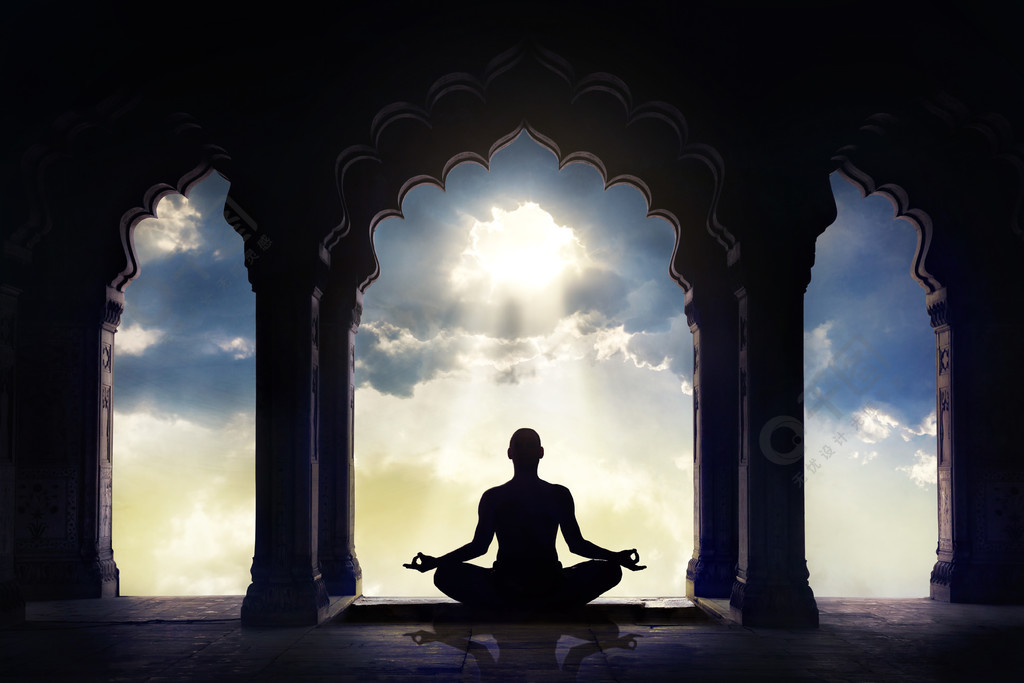
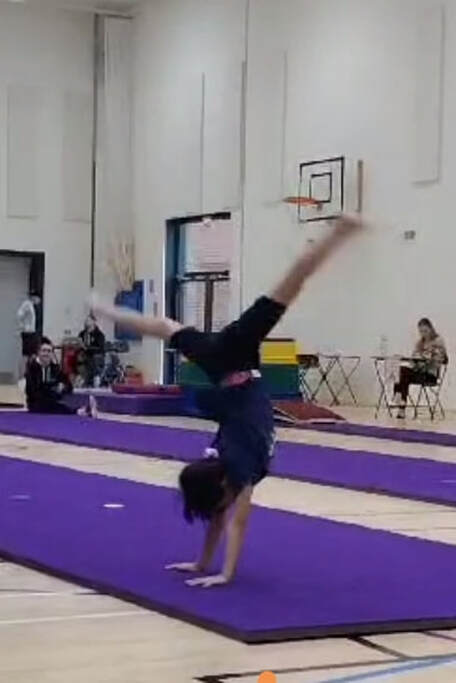
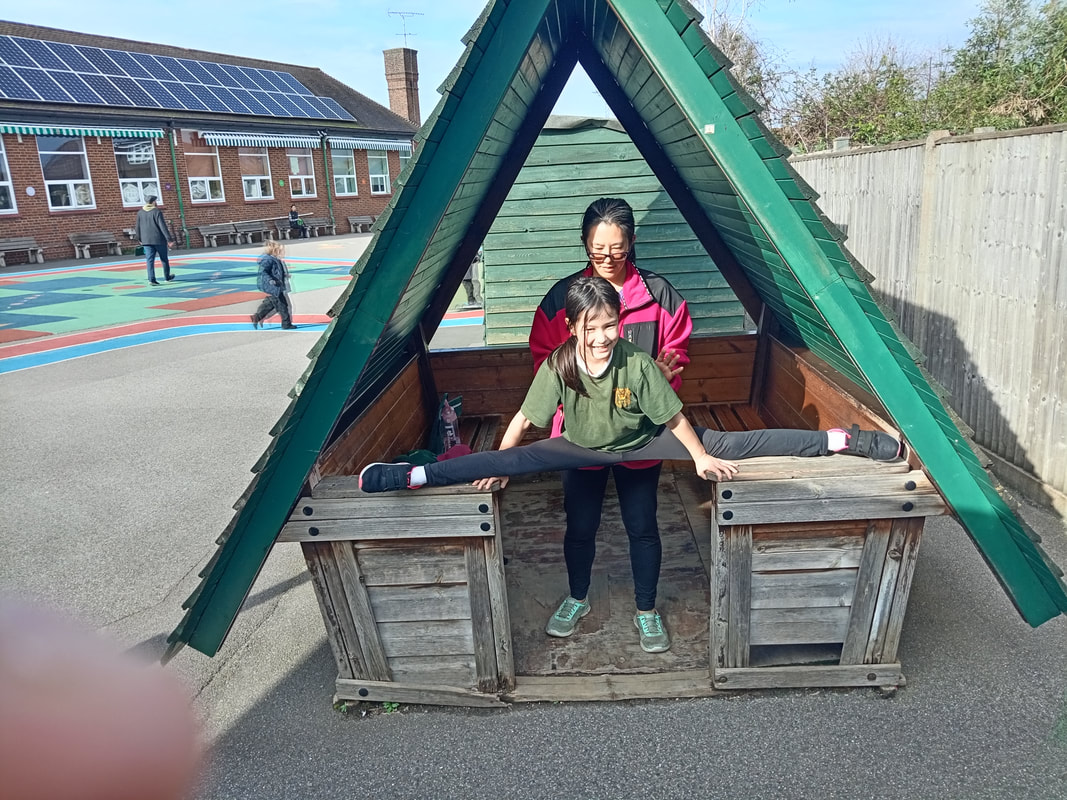
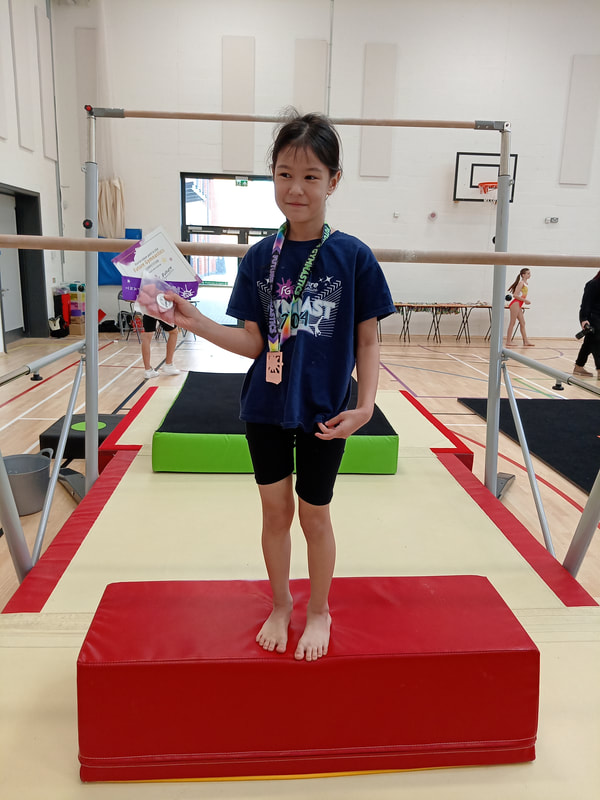

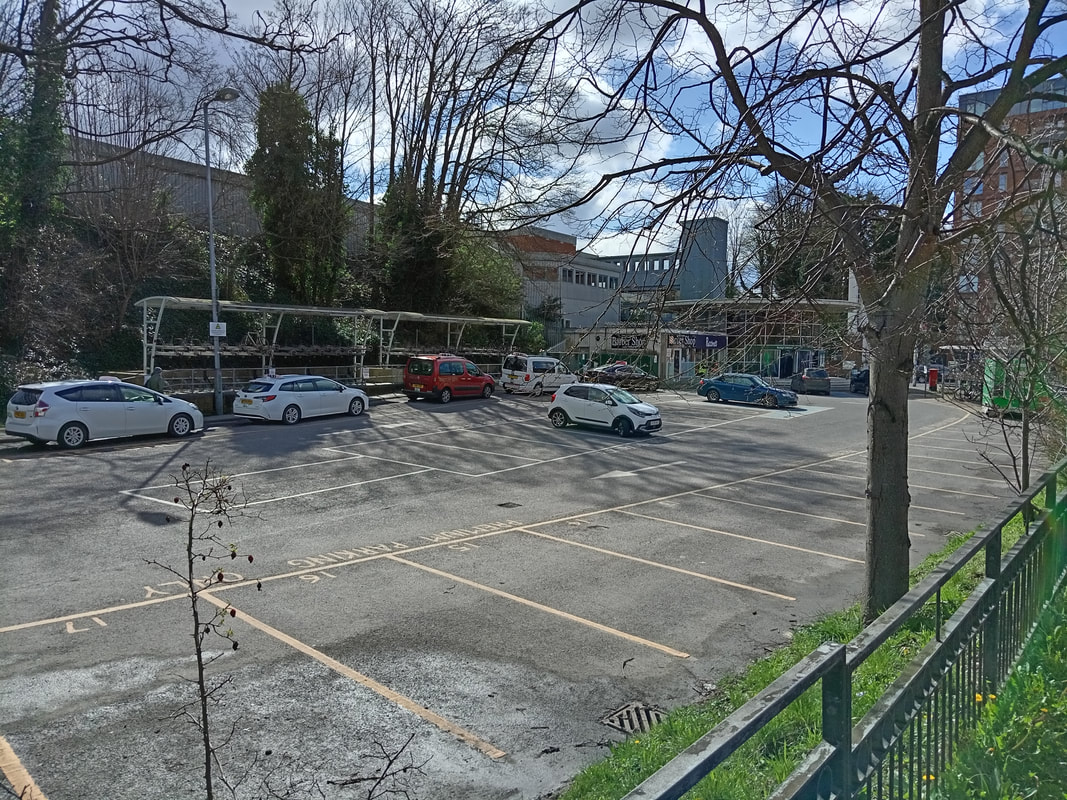


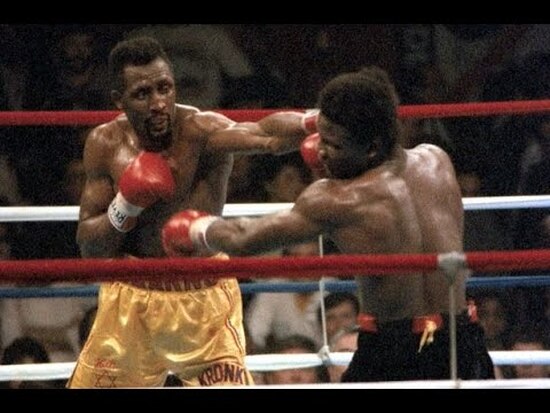
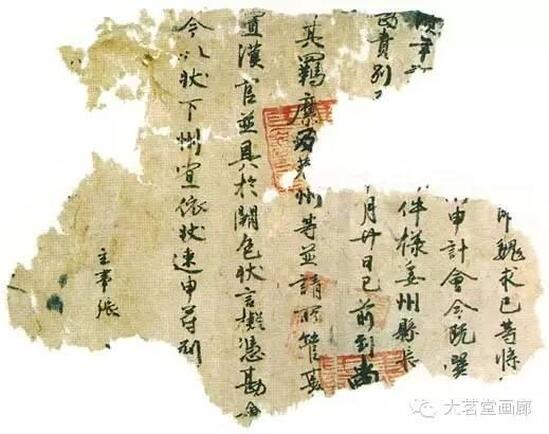
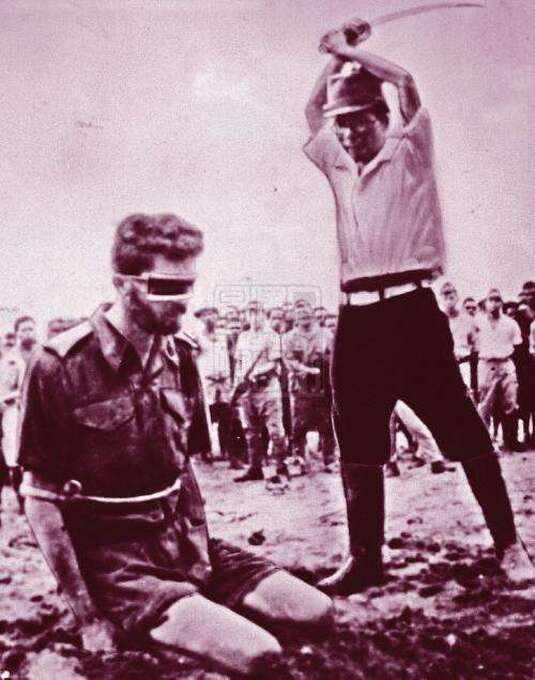
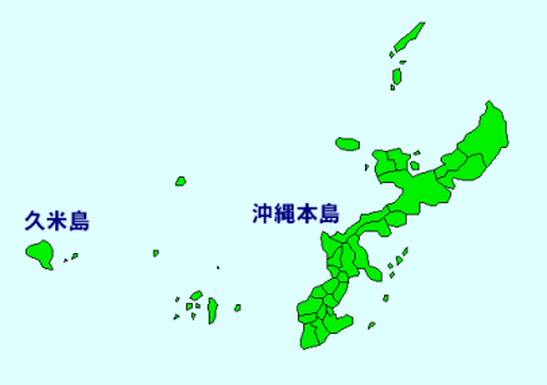
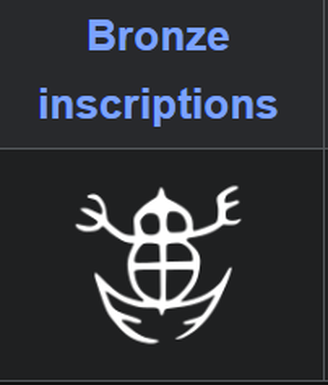
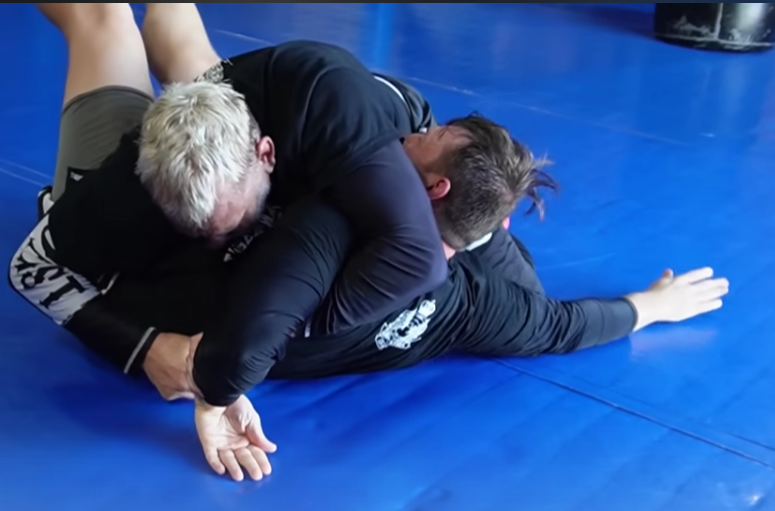
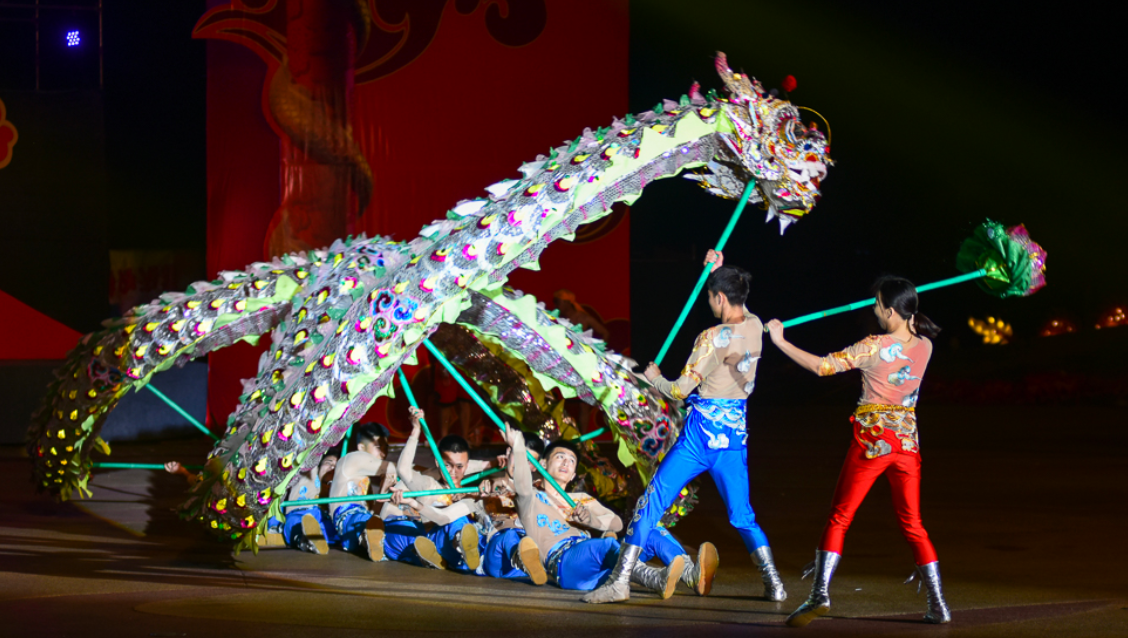
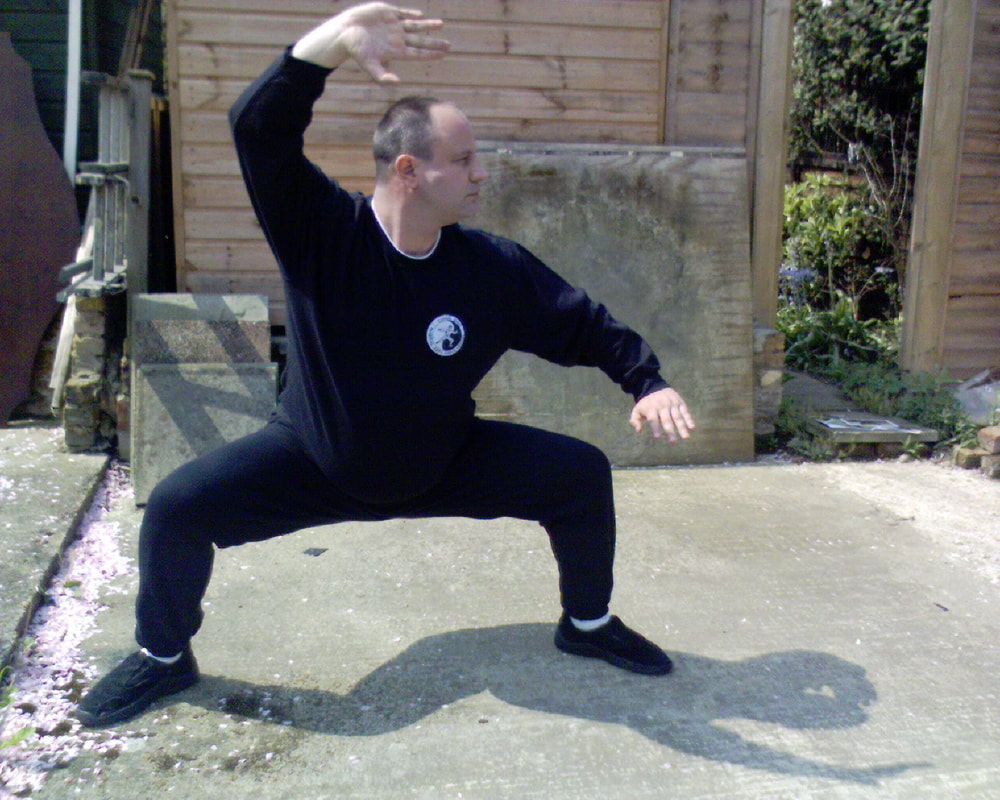
 RSS Feed
RSS Feed